Classified: France ‘44
Publisher Team17 and developer Absolutely Game are keeping the strategy wheels turning with a new World War II themed entry that’s on the way to PlayStation 5, Xbox Series X|S, and PC sometime this year. Read more
Publisher Team17 and developer Absolutely Game are keeping the strategy wheels turning with a new World War II themed entry that’s on the way to PlayStation 5, Xbox Series X|S, and PC sometime this year. Read more
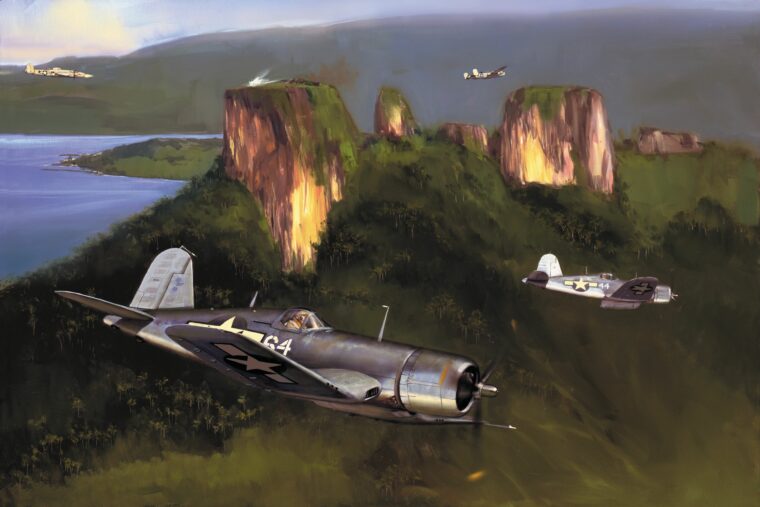
When the Marines put Willis “Bud” Dworzak into the cockpit of a Vought F4U-1C Corsair fighter aircraft, they expected him to provide close air support to fellow leathernecks who were slugging it out on Okinawa. Read more
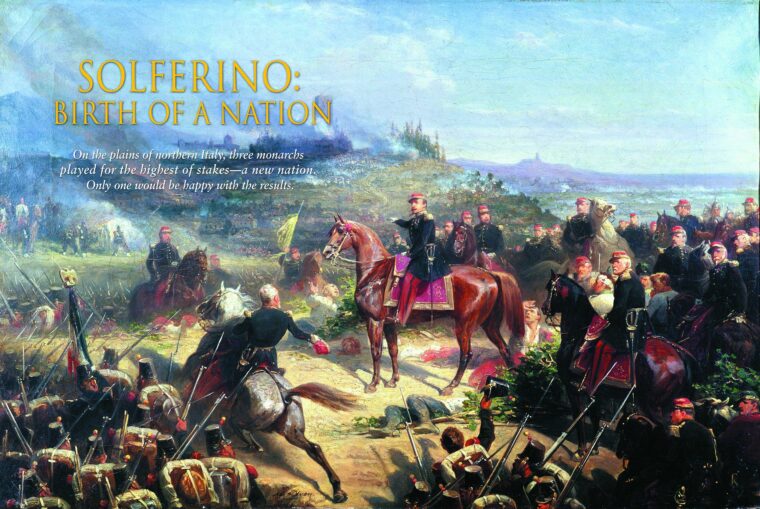
Long columns of blue-clad French troops marched east though the sun-baked plains of northern Italy in late June 1859. Read more
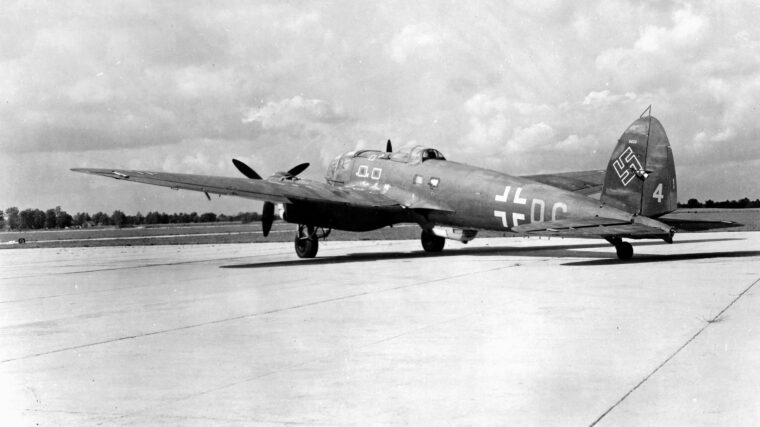
By early 1944, the Luftwaffe was only a shadow of what it had been at the beginning of the war. Read more
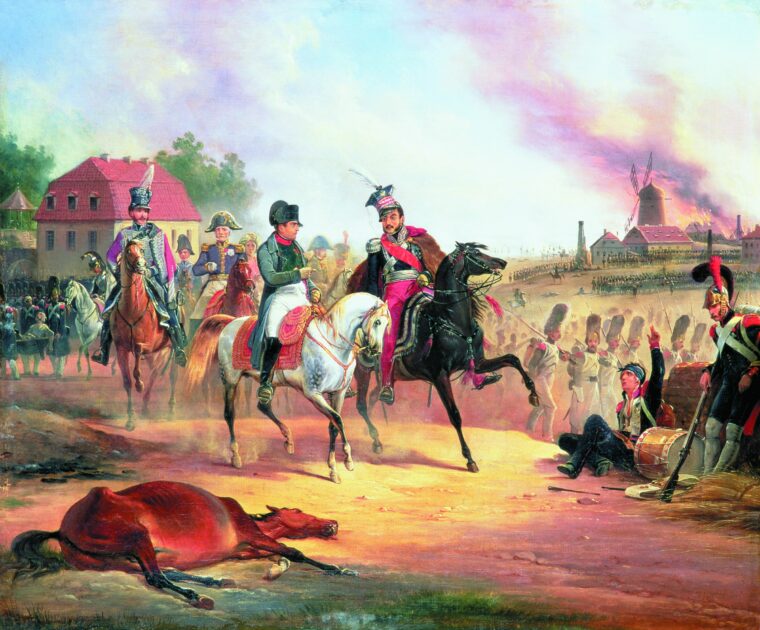
Polish Prince Joseph Poniatowski, a great hero of Napoleonic legend, ultimately was a man without a country. Born on May 7, 1762, the prince at first enjoyed the luxurious life of a nobleman because of his ties to the ruling family of Poland. Read more
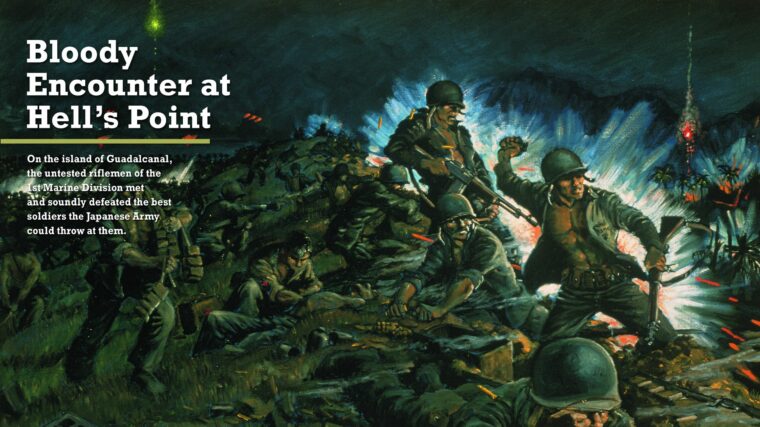
On the humid morning of August 19, 1942, infantrymen from Company A, 1st Battalion, 1st Marines carefully eyed the landscape for any signs of Japanese soldiers as they slowly made their way through the thick jungle on the island of Guadalcanal, located in the Solomon Islands. Read more
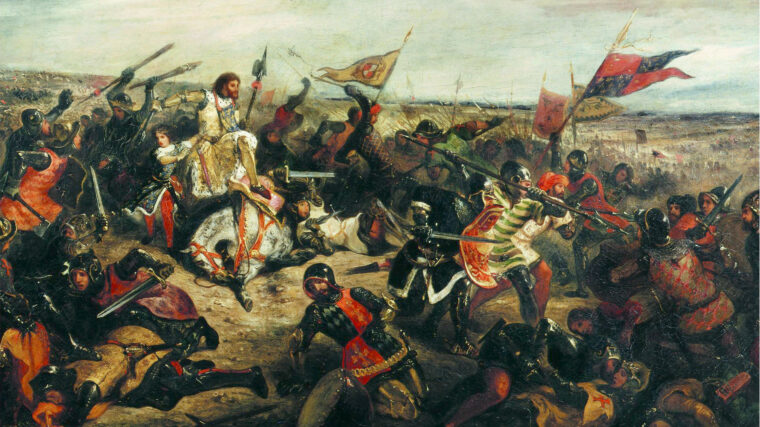
The Black Death that ravaged England and France for a half-dozen years in the mid-14th century served merely as a brief intermission between the first and second acts of the painfully protracted struggle known as the Hundred Years’ War. Read more
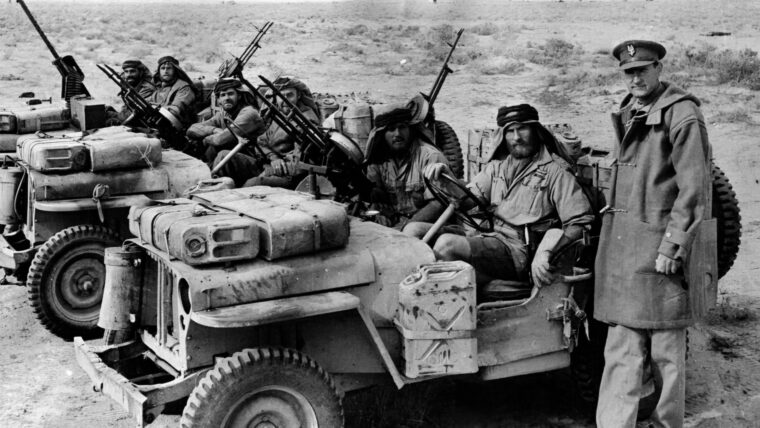
The night of December 14, 1941, was bitterly cold in the North African desert. Midway between El Agheila and Tripoli, Libya, was the German and Italian air base outside the town of Tamet. Read more

British Army privates Thomas Highgate, Ernest Jackson, and Louis Harris shared a distinction in World War I that they undoubtedly would rather not have had. Read more

The commander of the U.S. Third Army, General George Patton, Jr., took no great pleasure in the end of the war in Europe; he already knew that despite his lobbying of many influential figures in Washington, D.C., Read more
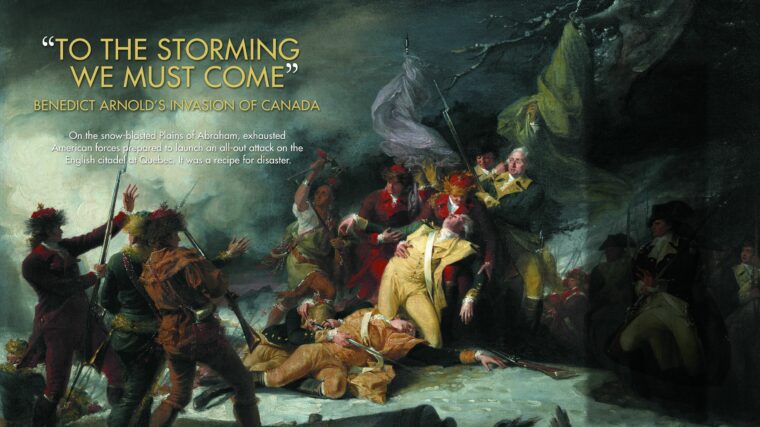
Fresh from his capture of Fort Ticonderoga, Colonel Benedict Arnold in the summer of 1775 lobbied hard to the Continental Congress for authorization to lead an expedition to the lower St. Read more
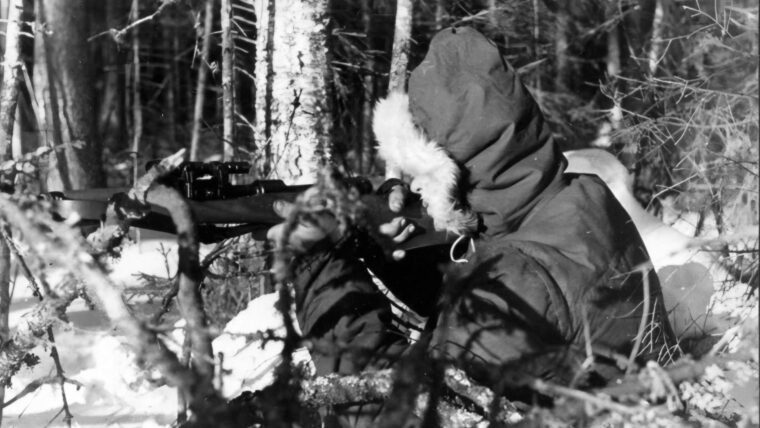
The art of sniping developed from the sharpshooting practiced during earlier conflicts. During the 19th century, the steadily improving technology of the rifle led to the use of sharpshooters during the American Civil War and the Boer War. Read more

The unique persona of Charles Russell Lowell, a gifted Union cavalry officer from Massachusetts, inspired a series of memorials in his honor, ranging from famous monuments to obscure frontier forts. Read more

In the 1960s the John Birch Society was well known to most Americans as a right-wing political organization noted for its anti-communism and conspiracy theories. Read more
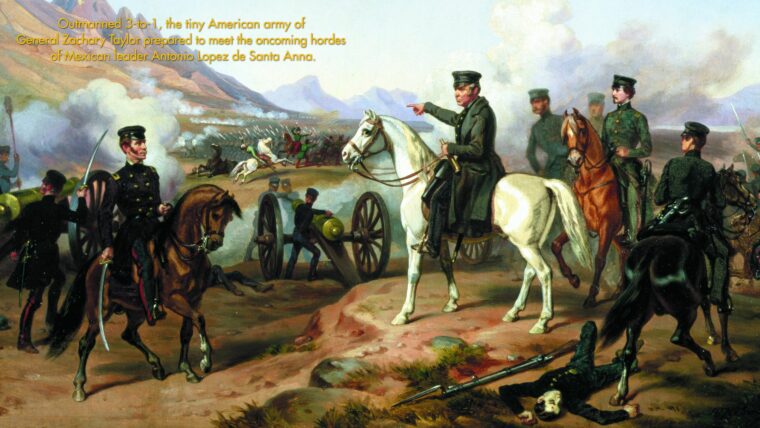
It was the spring of 1846, roughly nine months before the Battle of Buena Vista. It had become apparent to everyone at this point that a Mexican-American War was inevitable, and diplomatic efforts between the two countries had failed. Read more
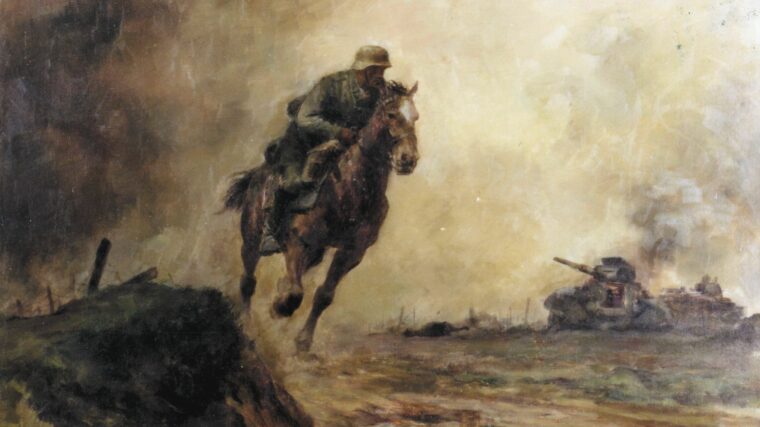
By 1939 the German Reich possessed 3,800,000 horses while 885,000 were initially called to the Wehrmacht as saddle, draft, and pack animals. Read more

On Friday, July 29, 1588, a group of English gentlemen decided to play a friendly game of bowls after a hearty midday meal. Read more
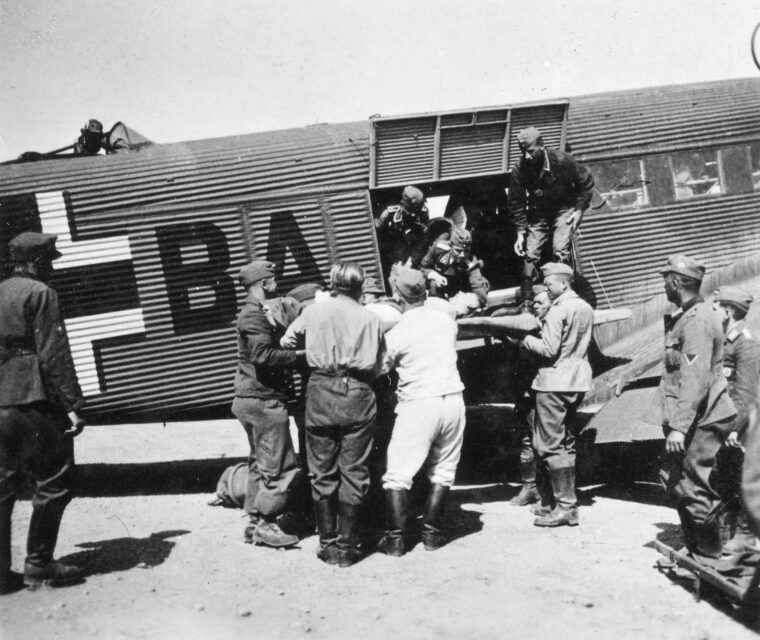
Sixty-five years ago, Reichsmarschall Hermann Göring’s Luftwaffe showcased its aerial triumphs in a 1942 commemorative book of photographs entitled Fliegen und Siegen (“Flying and Victory”). Read more
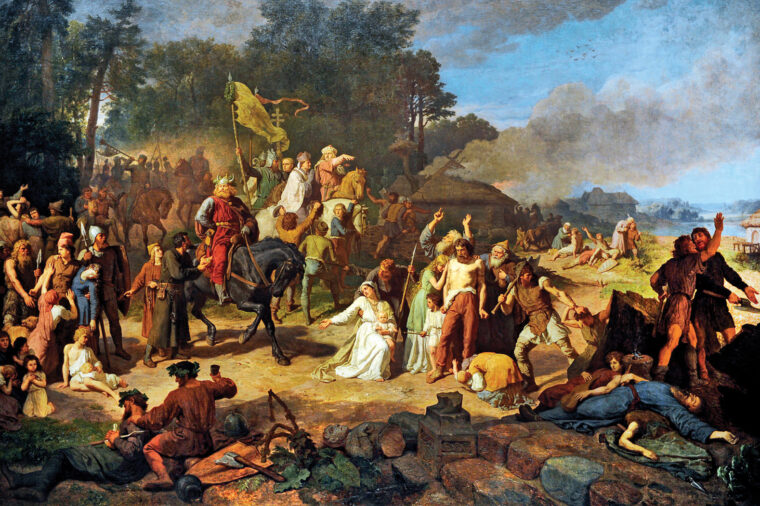
By the middle of the 12th century, much of western Europe had settled into a tenuous, often interrupted peace, and many modern nation-states had begun to emerge. Read more
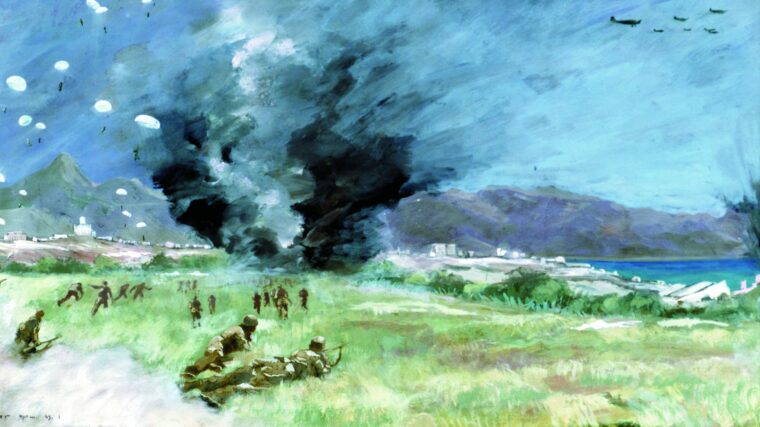
By May 1941, the German Luftwaffe’s fortunes had risen to great heights and plummeted to equally startling depths in the course of a single year of blitzkrieg warfare in Western Europe. Read more